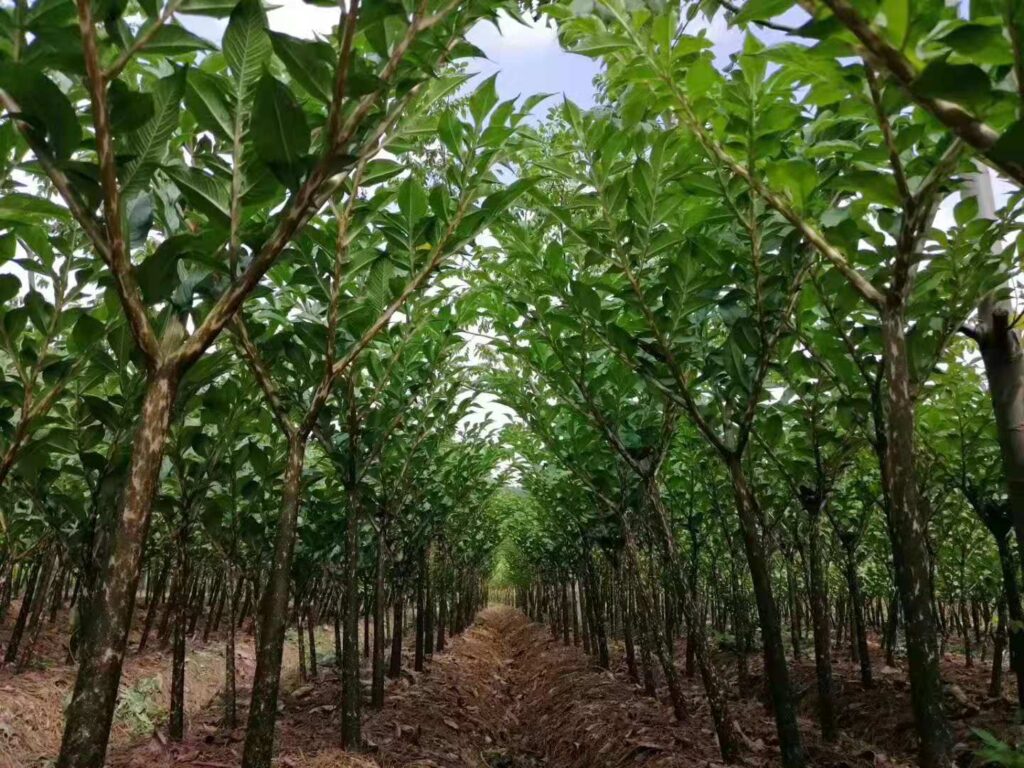Cultivation and processing
Although there are more than 130 species of Amorphophallus defined, mainly from Africa and Asia. The most commercially important specie is Amorphophallus konjac, K.Koch which has been cultivated in China and Japan where the tubers of perennial Amorphophallus Konjac, commonly known as Konjac, have been made into a rubbery jelly and eaten as heath or diet foods.

In the cultivation of konjac, the tubers are planted in about May. Rootlets begin to grow in large numbers from the upper half of the tuber, and from the centre of the top surface a single leaf appears. A thick, vertical stem is formed, and from this spread out an umbrella of leaves.
Konjac is generally grown in mountainous regions at relatively high altitudes (at average temperature of +14oC (from May to October) and not higher than +31oC (July to Sept) and at a height of 800 m above sea level. Rain fall level is about 200mm during through July to Sept. The Humidity is 80-85%. Seed tubers are planted in Spring and grow during the summer and have new tubers. In the later autumn, the plant stem and leaves die and the tubers are dug from ground around later October. Both weather and soil conditions affect the crop production.
Additional information on konjac structure, properties and health can be accessed using the arrows in the Further Reading box below.
*photo courtesy of Weiping Wang, Andi Johnson Konjac Company Ltd
Further Reading
Read more on Konjac
